Research Outcomes: Advancing Science Together
Our St. Baldrick’s Foundation Research Outcomes blogs highlight examples of the progress your donations are supporting. This quarterly edition focuses on a new FDA approval for neuroblastoma, strategies to improve T cell functioning, understanding why some kids with medulloblastoma get sicker, and how secondary cancers increase the likelihood of future heart problems.
Thank you for making this research possible.
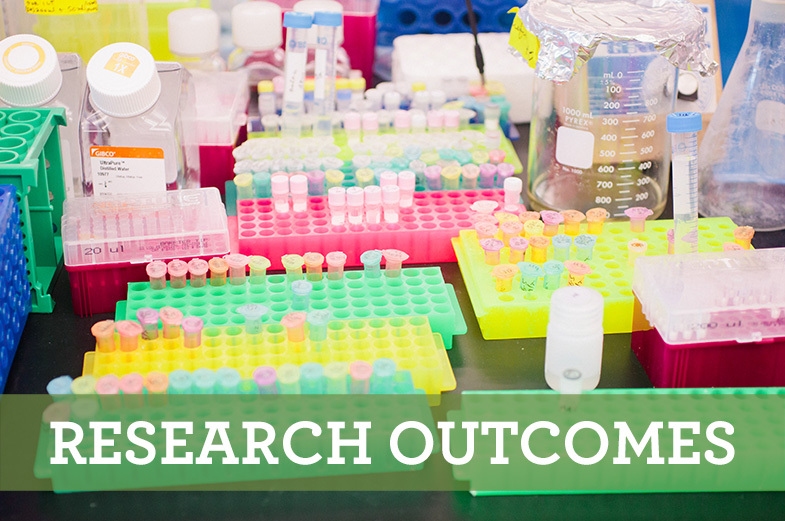
Cancer-Free Isn’t Free: Survivorship is a Lifelong Journey
June is National Cancer Survivor Month, a time to celebrate childhood cancer survivors and recognize that when a child is declared cancer-free, their cancer story isn’t over. Surviving childhood cancer is just the first step in a lifelong journey.

Research Outcomes: Fighting Cancer & Helping Survivors
This quarterly edition of the St. Baldrick’s Foundation Research Outcomes features work focused on fighting neuroblastoma, rhabdomyosarcoma, and acute lymphoblastic leukemia as well as research to improve identification of survivors at risk for cardiotoxicity.
Thank you for making these outcomes – and more – possible.

Research Outcomes: New Advances
This quarterly edition of the St. Baldrick’s Foundation Research Outcomes features research made possible by you to reduce late effects, improve survival for relapsed T-ALL, increase NK (natural killer) cells levels in cancer patients, and share valuable data.
Thank you for making research possible.
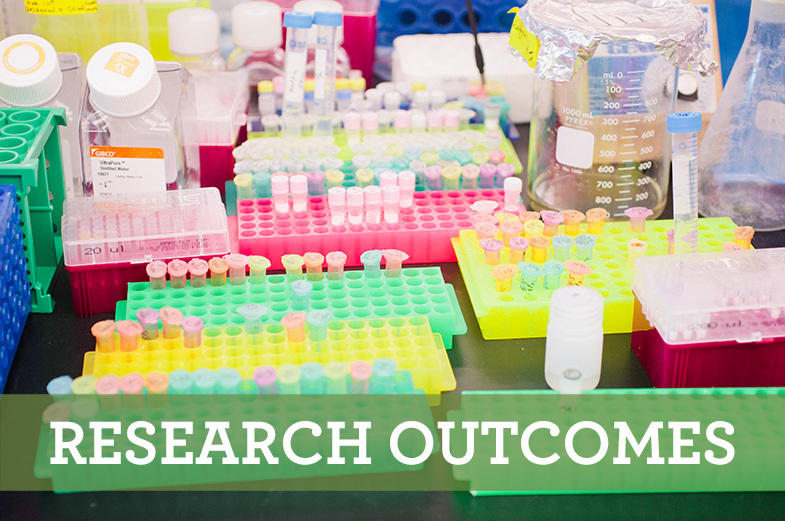
St. Baldrick’s Inspires One Family’s Path to Advocacy
I will never forget the evening of Sunday, December 14, 2014, when the ER doctor and the pediatric neurologist on call entered our triage room and told us that our sweet eight-year-old girl had a huge brain tumor and life-threatening obstructive hydrocephalus. That moment left an indelible mark on my heart. The fear, the heartache, helplessness, and especially the unyielding desire to eliminate our baby’s pain and suffering were soul-crushing.
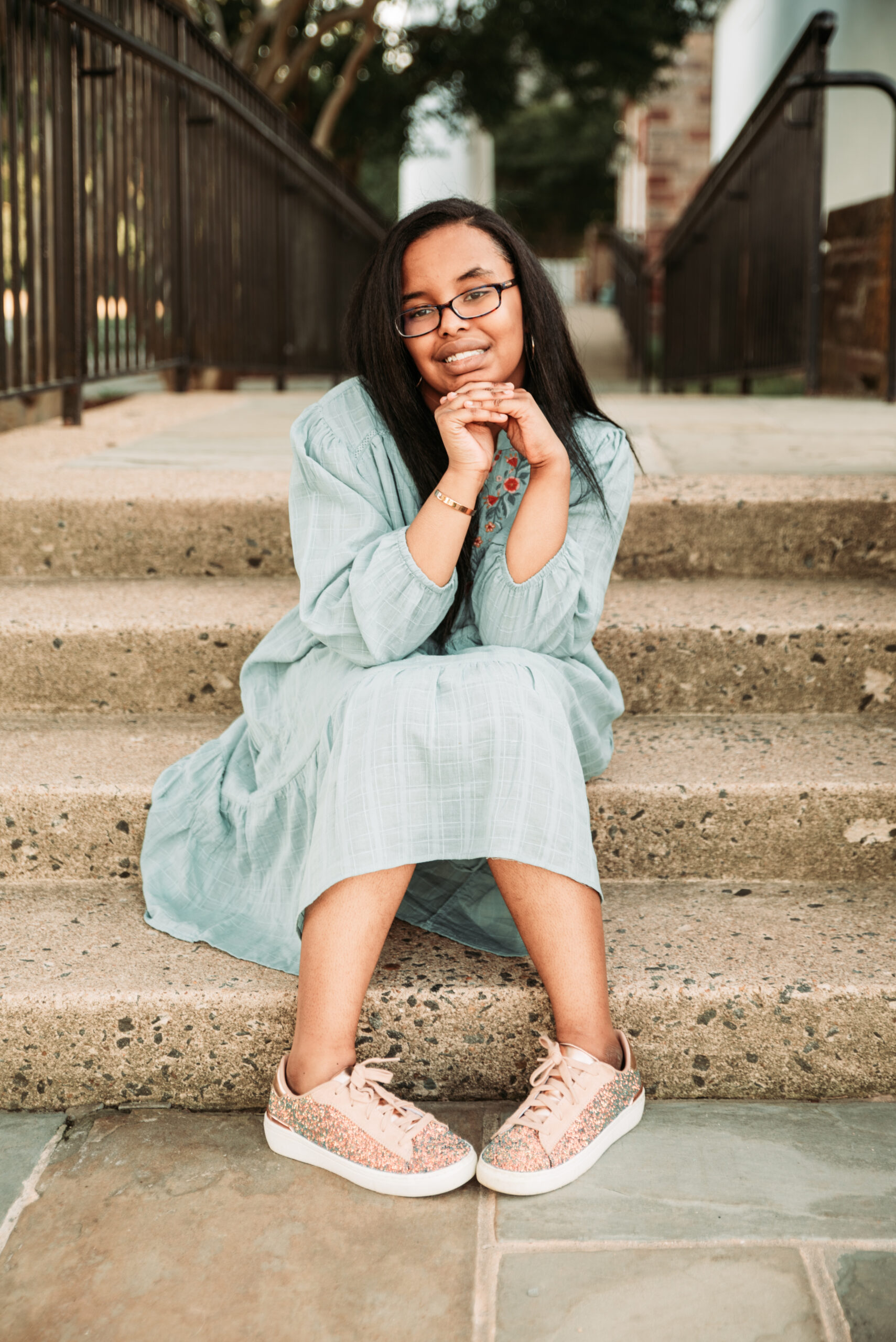
“Supergirl Julia” today
Q&A On Fertility After Adolescent or Young Adult Cancer
Each survivor’s risk of late effects of cancer treatment depends on their tumor, specific treatments, age, genetic makeup and other factors. Surgeries, chemotherapies, radiation, stem cell transplants and other treatments take a toll on the body – and sometimes the mind – in many ways. Some late effects make life more difficult; others are life-threatening.
Heart and lung problems are common, as are secondary cancers.
Other late effects can include hearing problems, hormonal imbalances, difficulty growing, mental health needs or cognitive deficiencies, bone density issues and easy bone fractures, fertility and reproductive problems, and more.
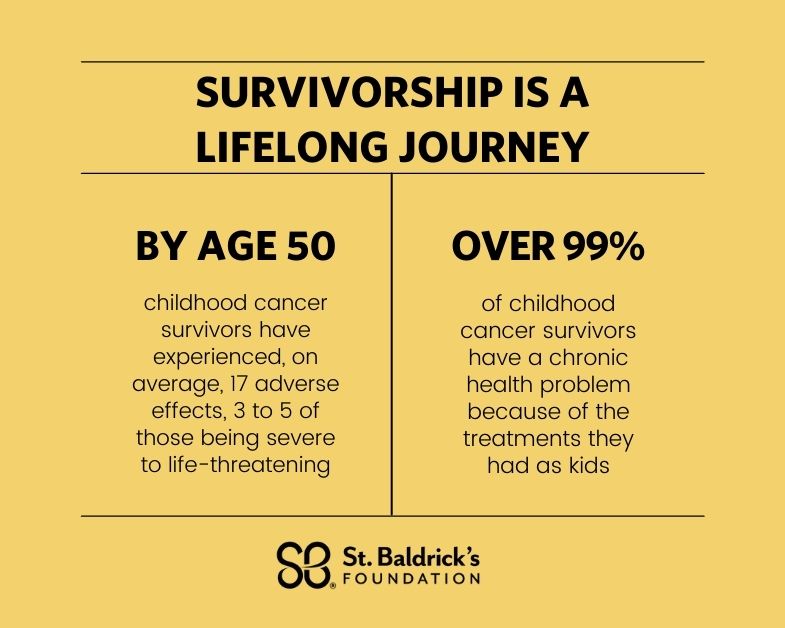
Surviving Cancer – Through the Eyes of a 16-year-old
Want to know what it’s like to be a teenage survivor of childhood cancer? We asked 16-year-old Michael G. to share his experience, during National Cancer Survivor Month.
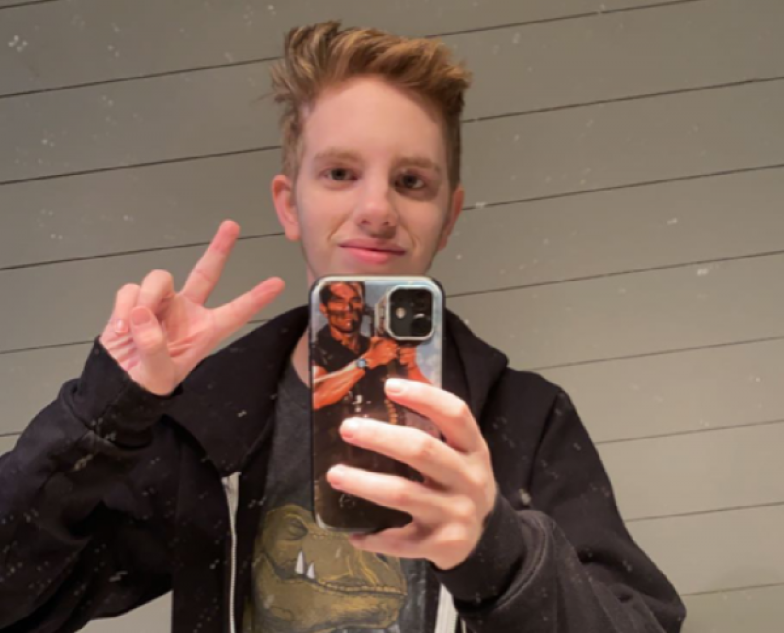
This New Tool Could Mean Better Health For Childhood Cancer Survivors
For childhood cancer survivors, treatment helps them to live, but often that survival comes at a cost. But what are these costs? And how big is the problem? That’s what St. Baldrick’s Fellow Dr. Nickhill Bhakta wanted to figure out. And as it turns out, that data could be a lifesaver.
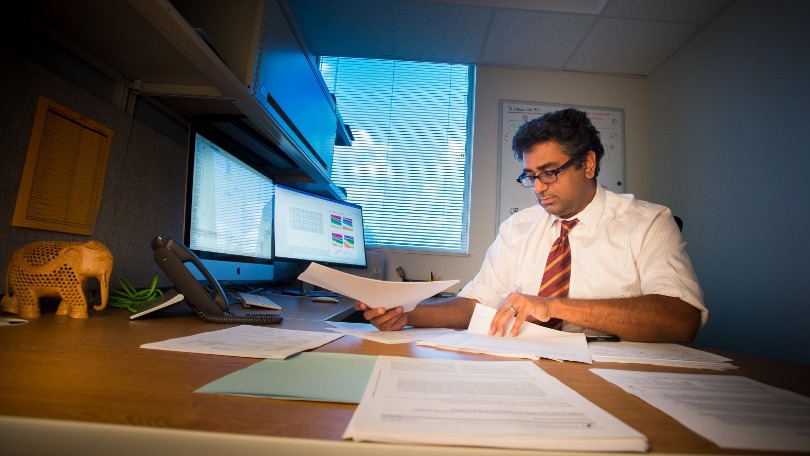
St. Baldrick’s Fellow Dr. Nickhill Bhakta works at his desk in St. Jude Children’s Research Hospital. With a portion of the grant supported by the St. Baldrick’s Friends for Hope Fund, he developed a special statistical tool to help capture the true volume and complexity of chronic health conditions faced by childhood cancer survivors because of the long-term consequences of their treatment — something that hadn’t been done before. Photos courtesy of St. Jude Children’s Research Hospital
Checking the Life-Threatening Box: A Survivor’s Update
A childhood cancer survivor himself, Gregory J. Aune, MD, PhD, shares his personal experience and thoughts during National Cancer Survivor Month.
(Originally posted on Medium on May 19th, Dr. Aune graciously agreed to share this with St. Baldrick’s.)
 Dr. Aune was a St. Baldrick’s Scholar 2014 – 2019, serves as a scientific reviewer and is a member of the Advocacy Committee for the St. Baldrick’s Foundation. He is the Greehey Distinguished University Chair for Cancer Survivorship in Children at Greehey Children’s Cancer Research Institute in San Antonio, Texas.
Dr. Aune was a St. Baldrick’s Scholar 2014 – 2019, serves as a scientific reviewer and is a member of the Advocacy Committee for the St. Baldrick’s Foundation. He is the Greehey Distinguished University Chair for Cancer Survivorship in Children at Greehey Children’s Cancer Research Institute in San Antonio, Texas.
Research Outcomes: Progress from Bench to Bedside
Older Posts »

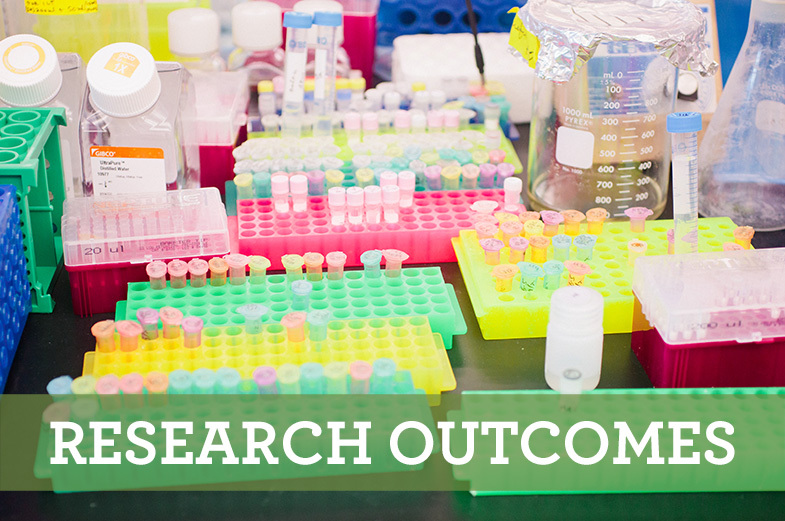
 SBF
Tweets »
SBF
Tweets »